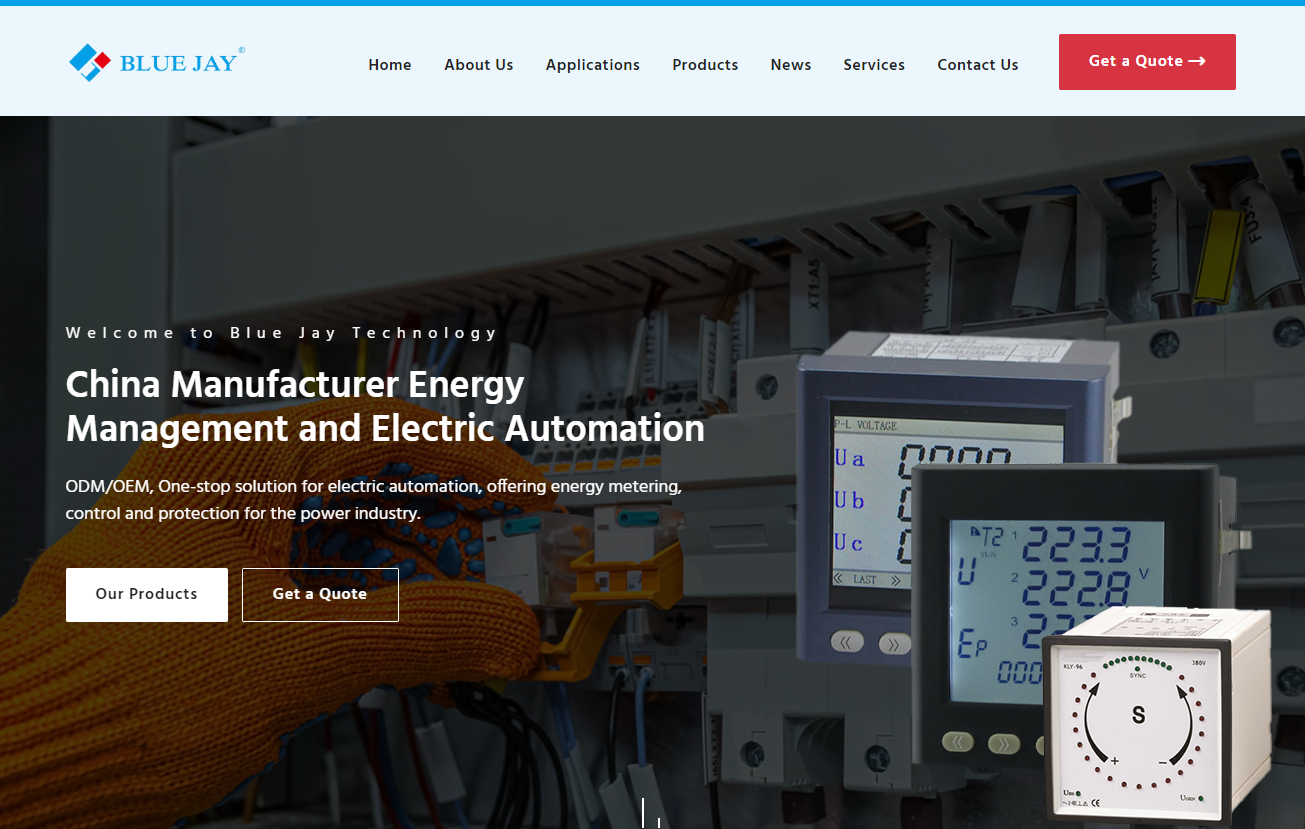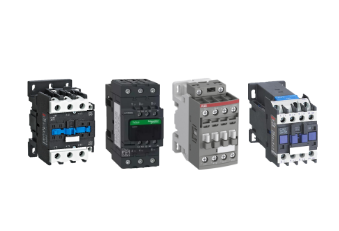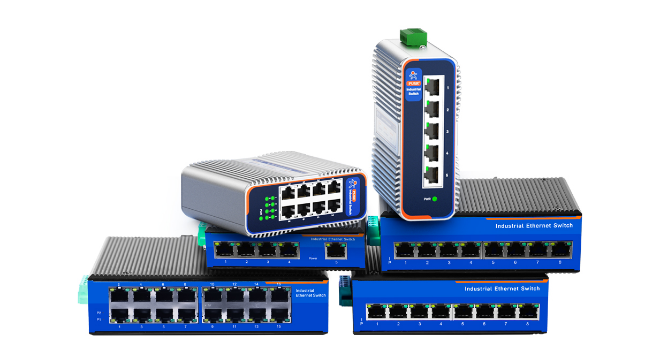Choosing the correct electromagnetic flow transmitter is key to ensuring flow measurement accuracy and stable system operation. The article will describe in detail how to correctly select an electromagnetic flow transmitter from multiple perspectives such as materials and protection.

1. Material selection
Choosing the right material is one of the important factors in ensuring the long-term stable operation of the electromagnetic flow transmitter. Commonly used materials include stainless steel, carbon steel, ceramics, etc. Corrosion-resistant and high-temperature-resistant materials should be selected based on the chemical properties, temperature, and pressure of the fluid to ensure that the equipment can work normally in harsh environments.
2. Protection level
The protection level of electromagnetic flow transmitter is usually expressed by IP level, such as IP67, IP68, etc. The appropriate protection level should be selected according to the requirements of the actual use environment. For example, in a humid and dusty environment, equipment with better waterproof and dustproof performance needs to be selected.
3. Ground ring settings
The setting of the ground ring has a significant impact on the accuracy and stability of electromagnetic flow measurement. The ground ring can reduce the influence of electromagnetic interference and fluid eddy current on the measurement. Especially when the conductivity of the liquid is low, the setting of the ground ring is more important.
4. Electrode form
The electrode forms of electromagnetic flow transmitters include fixed electrodes and movable electrodes. Select the appropriate electrode form according to the fluid properties, flow rate range, and measurement accuracy requirements. For fluids with higher viscosity or fluids with sediment particles, electrodes with self-cleaning functions can be selected.
5. Installation method
Reasonable installation methods are crucial for electromagnetic flow measurement. Vertical installation or horizontal installation should be selected according to the characteristics of the pipeline and the fluid flow state, and the installation position should be ensured in an area with smooth fluid flow to avoid pipeline vibration and flow disturbance from affecting the measurement accuracy.
6. Cost considerations
In addition to the price of the equipment itself, factors such as equipment maintenance costs, service life, and subsequent maintenance services also need to be considered. Choosing equipment with high cost-effectiveness can reduce the overall investment cost and ensure the stable operation of the equipment.
7. Accuracy and range
Select the appropriate measurement accuracy and range according to actual application requirements. High-precision electromagnetic flow transmitters can provide more accurate flow data, but they are usually accompanied by a higher price. The appropriate accuracy and range should be selected based on actual needs and budget considerations.
8. Application Scenarios
Different application scenarios put forward different requirements for electromagnetic flow transmitters. For example, the chemical industry requires equipment with strong corrosion resistance, the food industry requires equipment that meets hygienic standards, and the mining industry requires equipment that can adapt to high pressure and high temperature, etc. Appropriate equipment should be selected based on specific application scenarios.
9. Power requirements
Understand the power requirements of the electromagnetic flow transmitter and choose an appropriate power supply solution. Some equipment can directly use existing industrial power supplies, while others require additional power conversion devices or backup power supplies, which should be selected based on actual conditions.
10. Upstream/Downstream Pipeline
Factors such as the diameter, length, and number of elbows of the upstream and downstream pipelines will affect the measurement accuracy and stability of the electromagnetic flow transmitter. The appropriate measurement point location should be selected according to the characteristics of the pipeline to avoid the influence of local resistance and flow instability of the pipeline on the measurement results.

To sum up, choosing an electromagnetic flow transmitter requires comprehensive consideration of multiple factors, including material, protection level, ground ring settings, electrode form, installation method, cost, accuracy and range, application scenarios, power requirements, and upstream/downstream pipelines. In other aspects, ensure that the selected equipment can meet actual needs and has good performance and stability.






